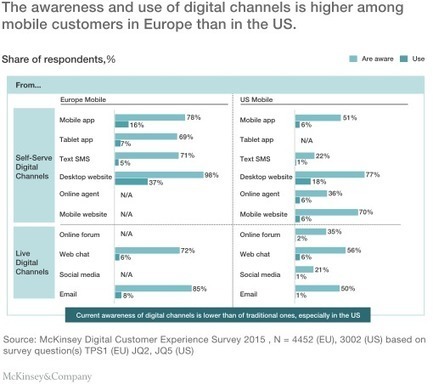Will 2017 be remembered as the year when electric vehicles (EVs) made the move to become mass producible? A thought-provoking question for the industry, and reason for McKinsey, in partnership with A2Mac1, a provider of automotive benchmarking services, to deepen our work in the field. Last year, roughly 1.3 million EVs were sold globally. While this makes up only about 1 percent of total passenger-vehicle sales, it is a 57 percent increase over 2016 sales, and there is little reason to believe this trend will slow down. Established OEMs have announced launches of more than 100 new battery electric vehicle (BEV) models by 2024, further accelerating automotive and mobility trends, potentially growing EVs’ share of total passenger-vehicle sales to 30 to 35 percent in major markets like China, Europe, and the U.S. (20 to 25 percent globally)by 2030.
Research and publish the best content.
Get Started for FREE
Sign up with Facebook Sign up with X
I don't have a Facebook or a X account
Already have an account: Login

 Your new post is loading... Your new post is loading...
 Your new post is loading... Your new post is loading...
|
|











Technikai részletek vannak ebben az elemzésben. Érdekes lehet azoknak, akiket mérnöki szemmel is érdekel az elektromos autók jövője.
Én most egy ábrát emelek ki, ami az erőátviteli részben lévő kábelek tömegét és a komponensek számát hasonlítja össze gyártók és évek tükrében. Az egyszerűbb és könnyebb megoldások javíthatják a költségeket és a használhatóságot is.
#McKinsey #A2Mac1 #EV #BEV #electric #Tesla